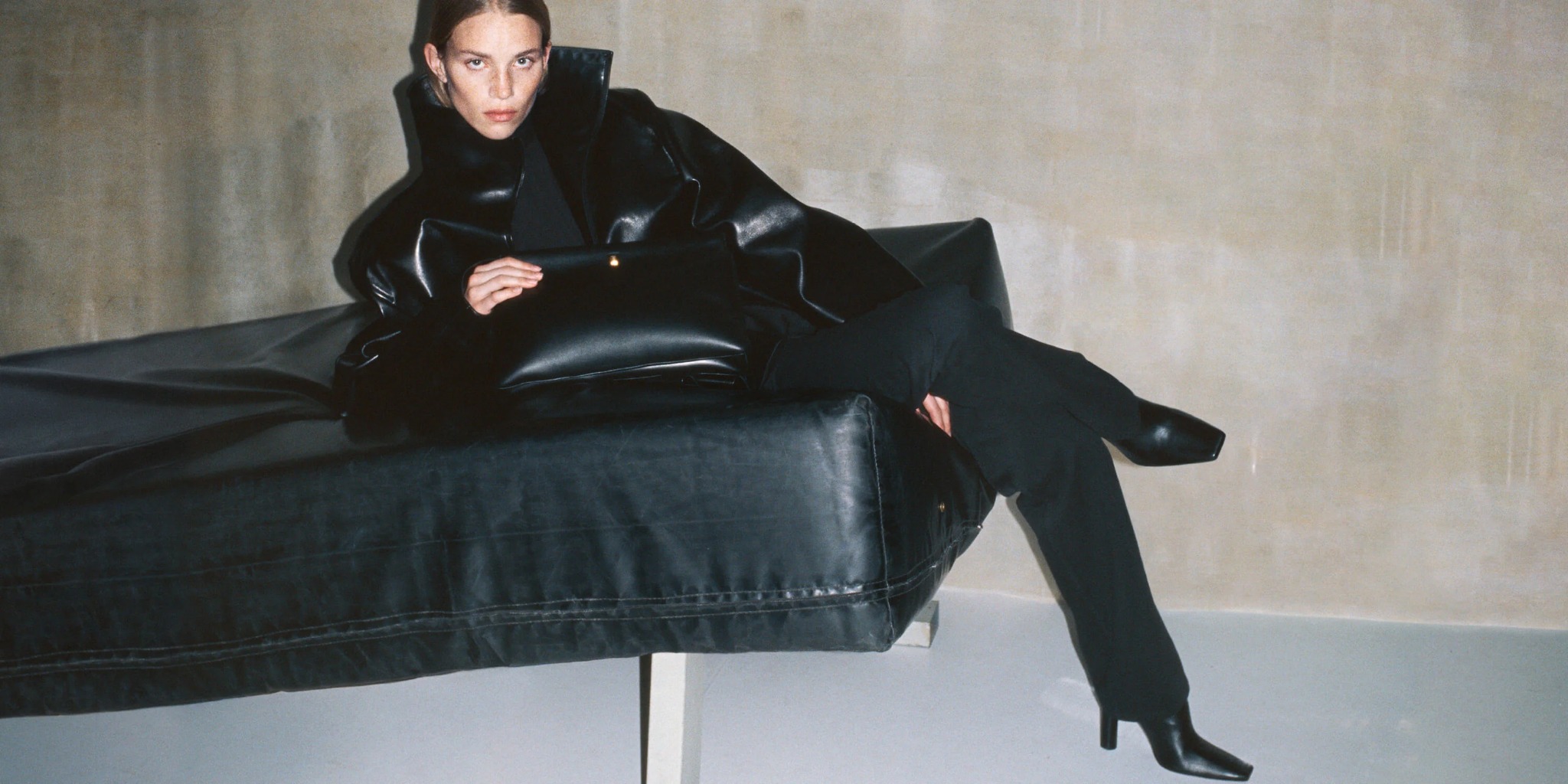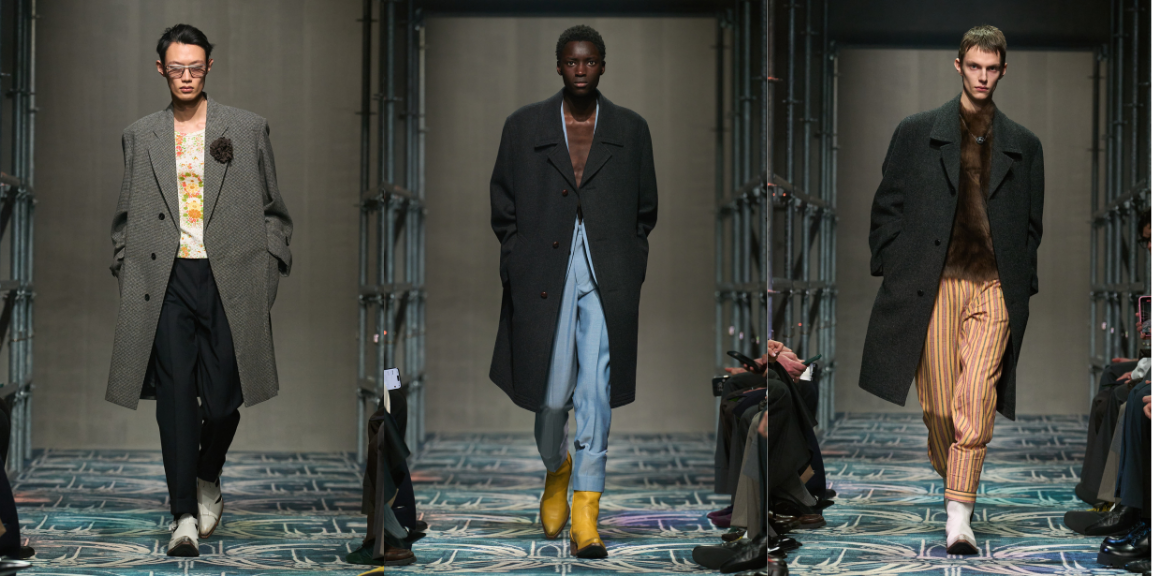
In 2025, What Makes a Creative Genius?
Too big to fail is dead, and those at the pinnacle of fashion should bolster their propositions beyond just hype.
Up until recently, the general consensus was that Prada could do no wrong. From its invigorating casting choices of brand ambassadors to its signature so-frivolous-it-works aesthetic, the Italian label is one of few that consistently manages to inspire awe while also maintaining a healthy bottom line; no small feat amid the industry's current crisis.
Last season, however, it seemed to me that Prada's balancing act of ingenuity and commerciality had faltered. While critics and fans raved about Spring/Summer 2025's disjointed concept, whereby cohesion of ideas left the chat only to be replaced by a lineup of jumbled looks that paid a scattered homage to the archive, I personally couldn't see the novelty of a presentation that lacked a common thread. Show notes indicated that this was an artistic choice in celebration of Mrs Prada, which I took as a hint of her impending farewell as co-creative director and the resulting leaving of Raf Simons to his own devices at the house.
The recent Men's Autumn/Winter 2026 show only reinforced that notion, with a collection that, for the first time since before the pandemic, prompted a collective yawn. Some critiques mentioned the ill-fitting outerwear (which the brand claimed was intentional), while others talked about a too-heavy referencing of Simons' own work that is too far removed from the Prada house codes. The underlying complaint here, I believe, is that the brand succumbed to the same ailment that plagues the entire sector: the need to churn out merch (as opposed to design) wholly indistinguishable from one fashion house to the next, and which experts assert is the real reason behind the luxury slowdown.

BoF's latest case study, The Complete Guide to Communicating Value to Shoppers, explores ways of attaching meaning and resonance to luxury goods. It reiterates a simple truth which is so intuitive yet evidently lost on decision-makers across the industry: "In a crowded and competitive market, the best way to convey value to shoppers is to actually provide it."
History has shown time and again that hype or reputation alone do not make for reliable currencies in fashion, and that they quickly become devoid of value if not harnessed to a real creative vision. Think of Pyer Moss, for example; the grassroots brand whose backstory perfectly poised it to become the next Telfar or Wales Bonner, but the product was just not there.
Suffering from the contrary — all product but no story — is Pheobe Philo. The former creative director of old Céline was lauded the Chanel of her generation, the high priestess of the Philophiles. Yet, in an uninspiring interview with the New York Times's Vanessa Friedman last year. the designer said she doesn't "feel that there’s a huge amount of storytelling that needs to be done."
In a crowded and competitive market, the best way to convey value to shoppers is to actually provide it.
While Philo is rightfully credited with propelling minimalism into a worldwide movement that ushered the French Maison into an unprecedented era of profitability in the 2010s, it seems she overlooked the fact that this happened thanks to the culture that developed around the clothes. That is why her departure from the house in 2017 came as such a shock, and why her return to fashion was one of the most anticipated comebacks in recent memory.
When she eventually launched her namesake brand in 2023, though, her disappearance left her far less cultural caché than she predicted. Her "edits" (saying "collections" is seriously uncool) failed to prompt the kind of loyalty she got from her devotees at Céline; inaccessible pricing points and shipping restrictions came across as tone-def in the eyes of a new generation of fashion aficionados, all of which was exacerbated by Philo's refusal to do any comms. Finally but perhaps most importantly, a lack of differentiating creative proposition alluded to a certain vanity and/or naivety that the trickle-down fashion world Philo left in 2017 was still there, waiting.
Of course, I don't blame Philo (or Mrs Prada, for that matter) for their oversight. I guess it's just that in 2025, I expect more from designers than just resting on their laurels and assuming their genius offers an infinite line of credit.
0 Comments Add a Comment?